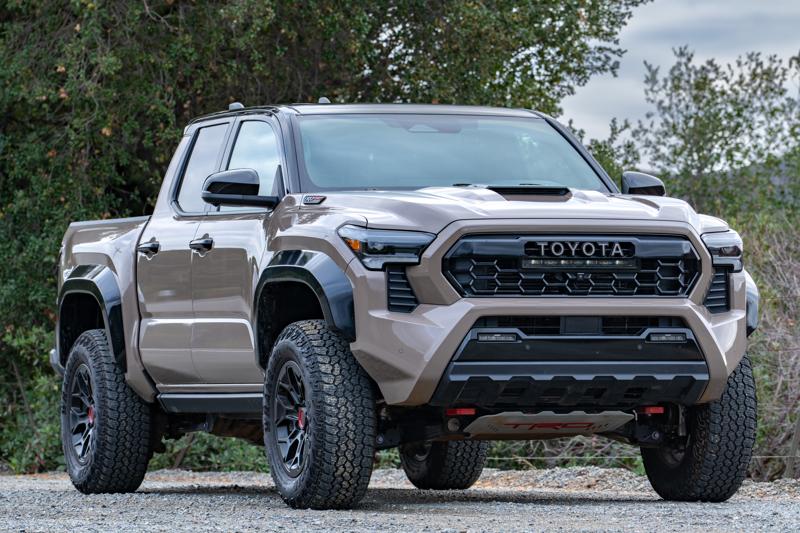
Buying a Used Toyota Tacoma: Everything You Need to Know
Unlock essential insights before buying a used Toyota Tacoma. From reliability to pricing tips, arm yourself with the knowledge for a smart purchase.

Unlock essential insights before buying a used Toyota Tacoma. From reliability to pricing tips, arm yourself with the knowledge for a smart purchase.

Used Subaru Crosstrek Quick Facts A taller take on the Impreza hatchback, Subaru launched the 5-passenger Crosstrek for the 2013 model year. It wasn’t (and still isn’t) a hardcore off-roading machine; however, it holds its own in foul weather and less-rigorous adventures when the pavement ends. Often compared to the Outback, the Crosstrek is every…

Find out the best years to buy a used Honda Accord. Check out our comprehensive guide and discover everything from model variations to recalls.

Should you buy your next used car from a private seller or a dealer? We outline the pros and cons of both options.
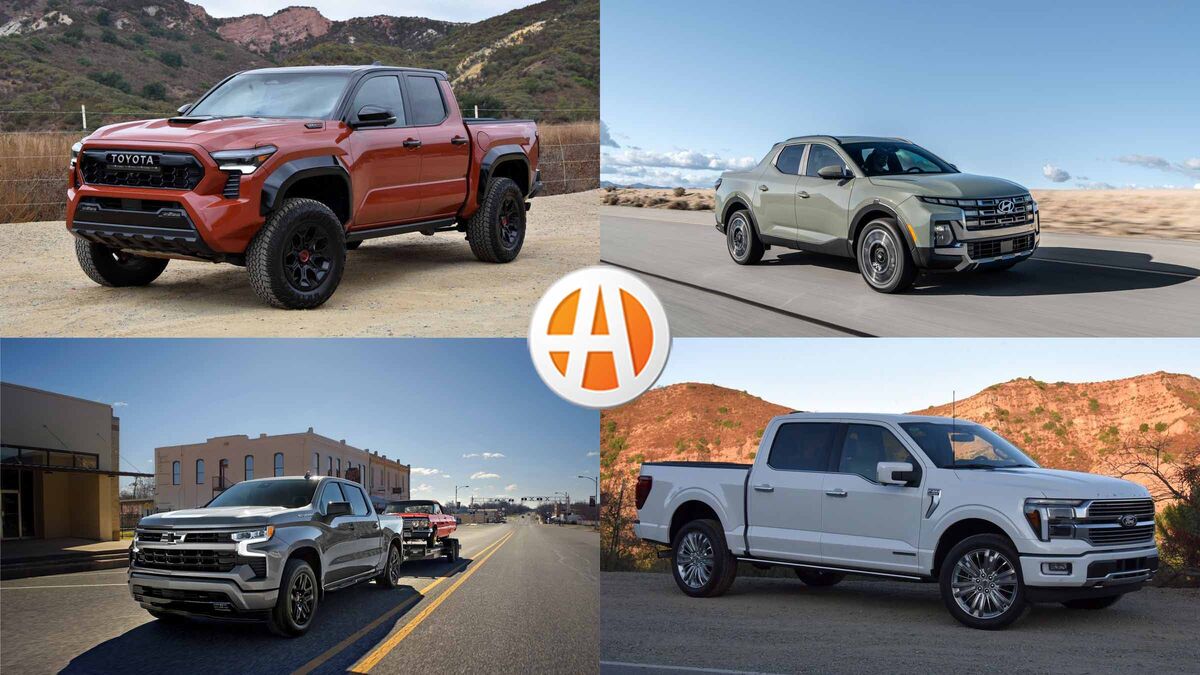
Need a new truck? We’ve got you covered, putting together the list of the 15 more affordable trucks on the market this year.
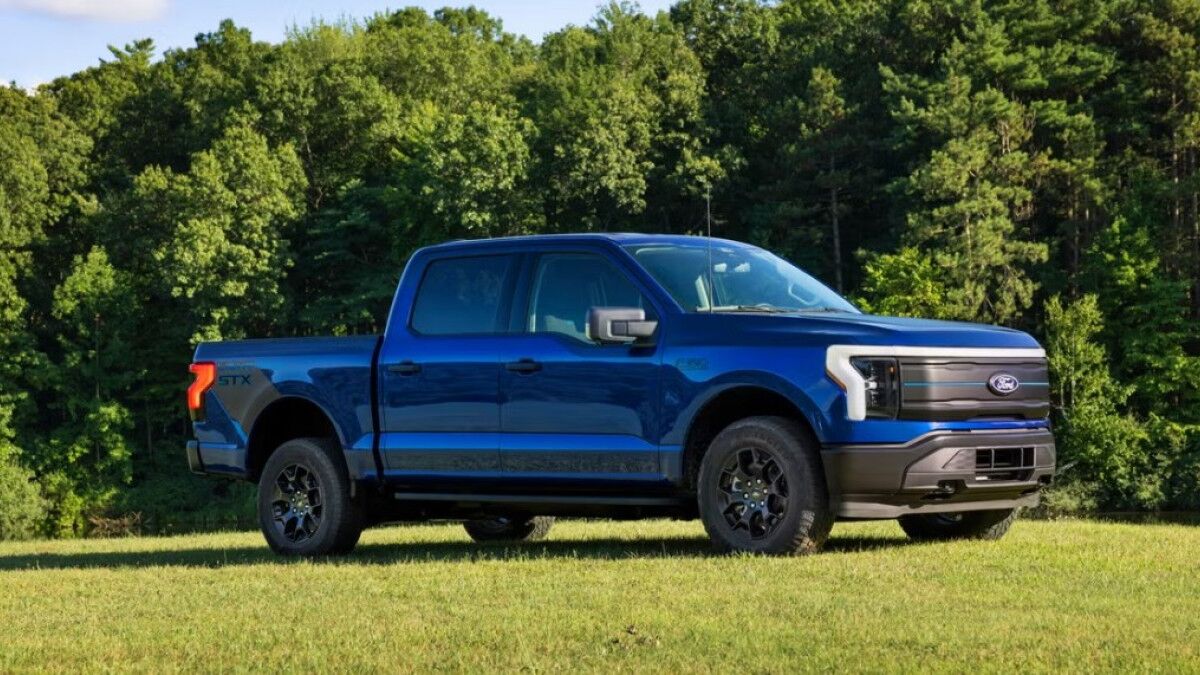
Explore the features of the three most popular cab types and bed lengths, along with common marketing names automakers use for the configurations.
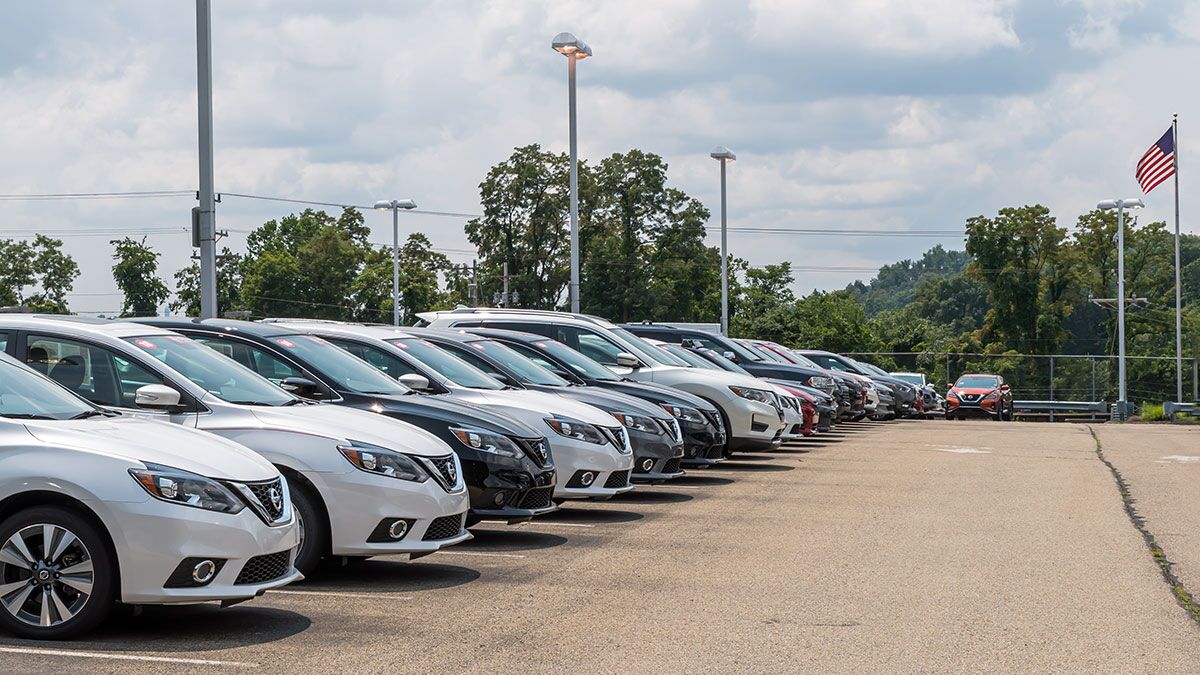
Find out what the used car market and tariffs have in store, plus the pros and cons of buying now. We’ll provide details on what to know.
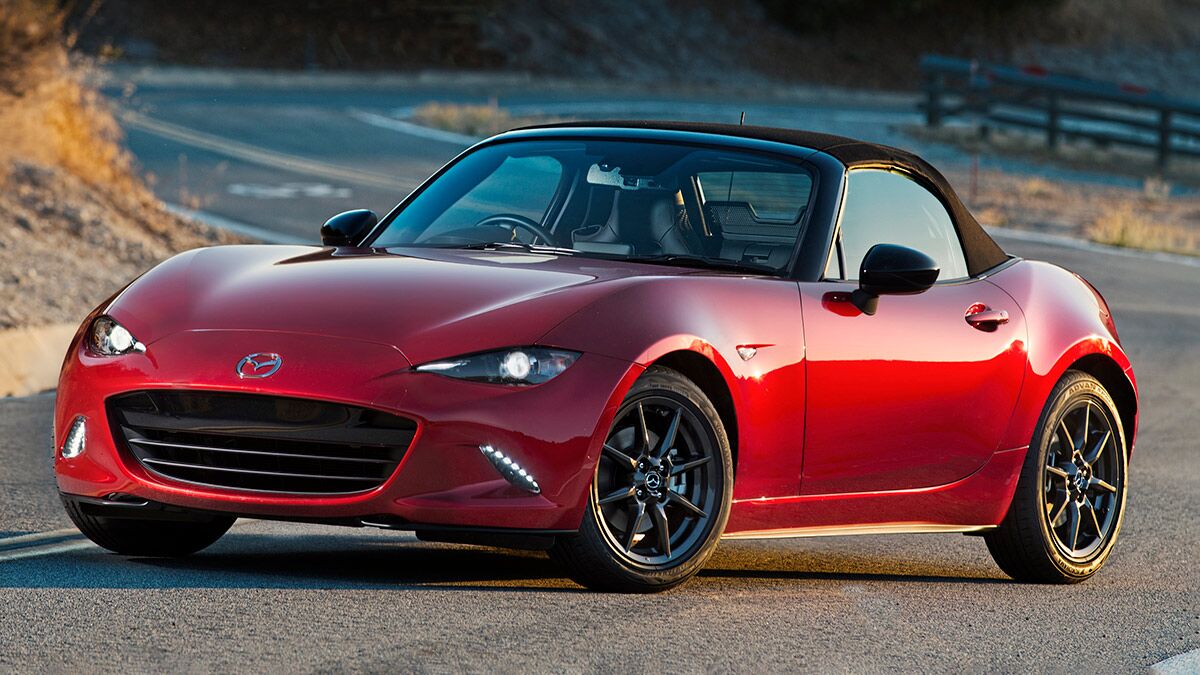
A used Mazda MX-5 Miata delivers hours of open-air driving pleasure in a reliable, small convertible that’s easy to maintain.
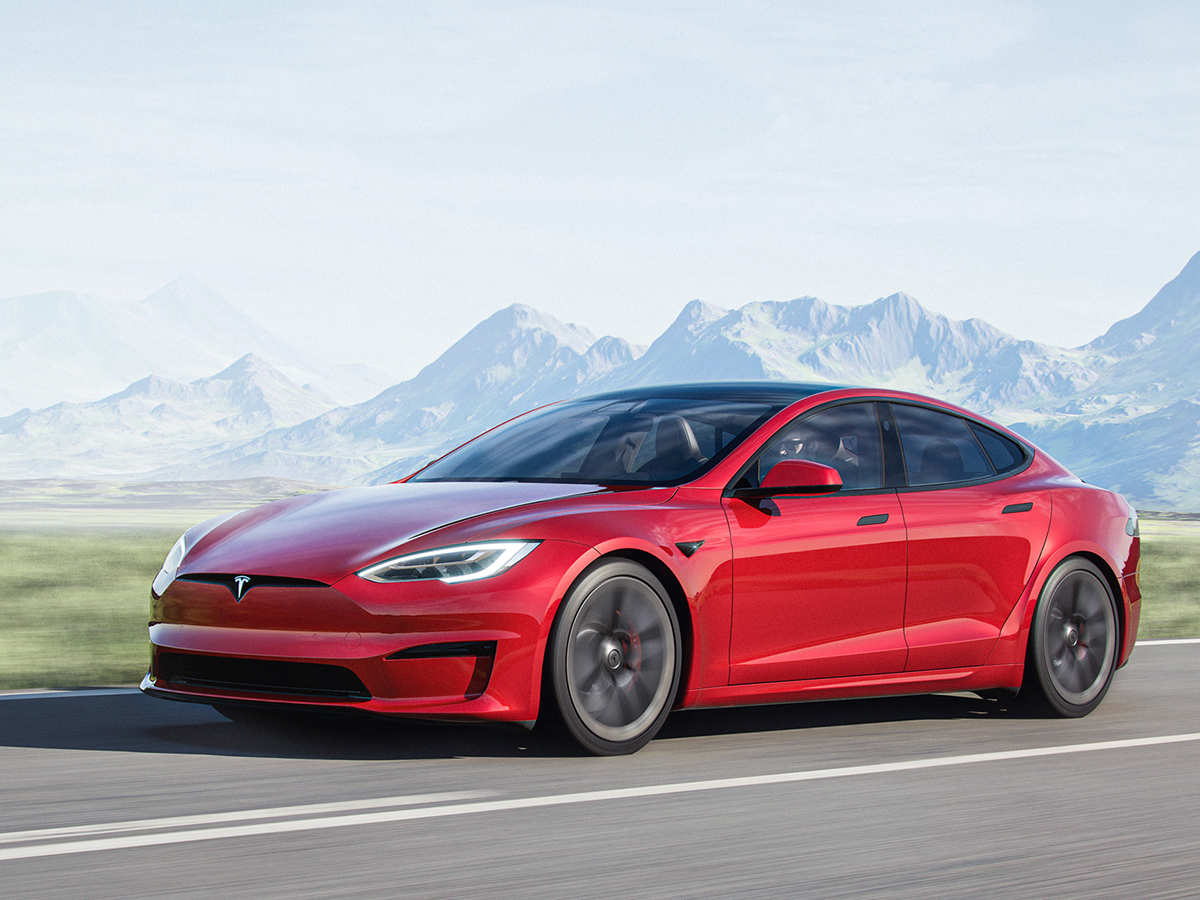
Get to know all about Ludicrous Mode and Ludicrous Plus Mode on Tesla Model S or Model X. Learn how it works and where the reference comes from.
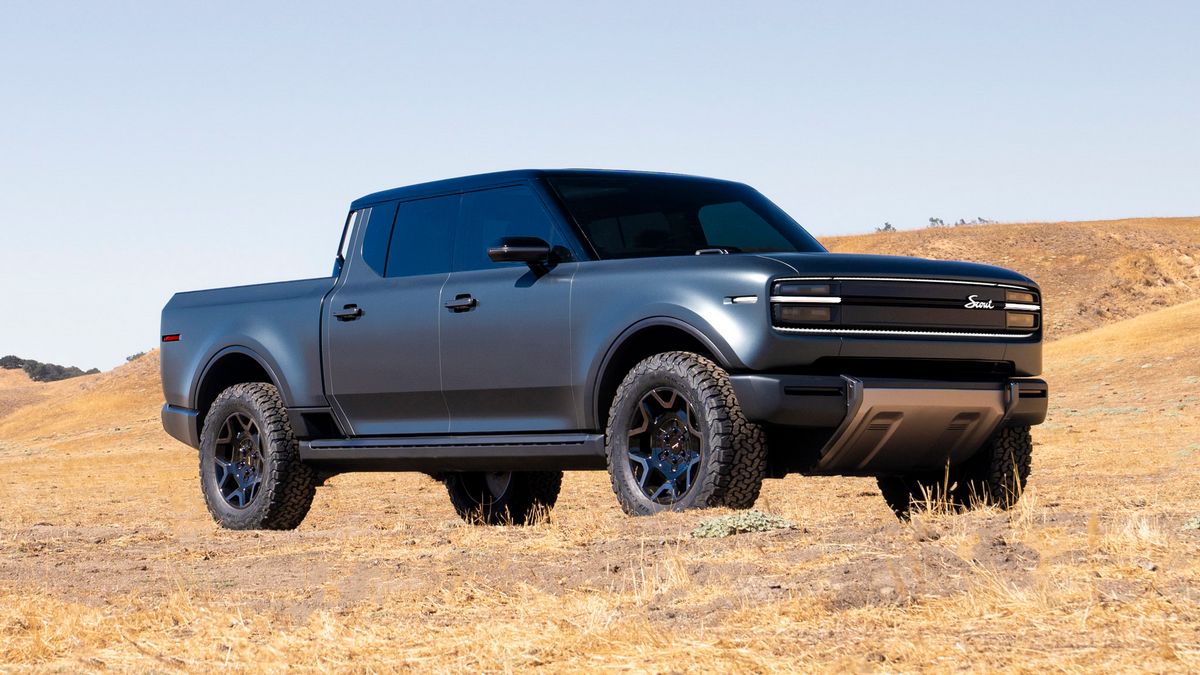
Electrified vehicles are growing in popularity, but which one is the right choice for your needs and lifestyle?